Laboratory Proposal Samples
-
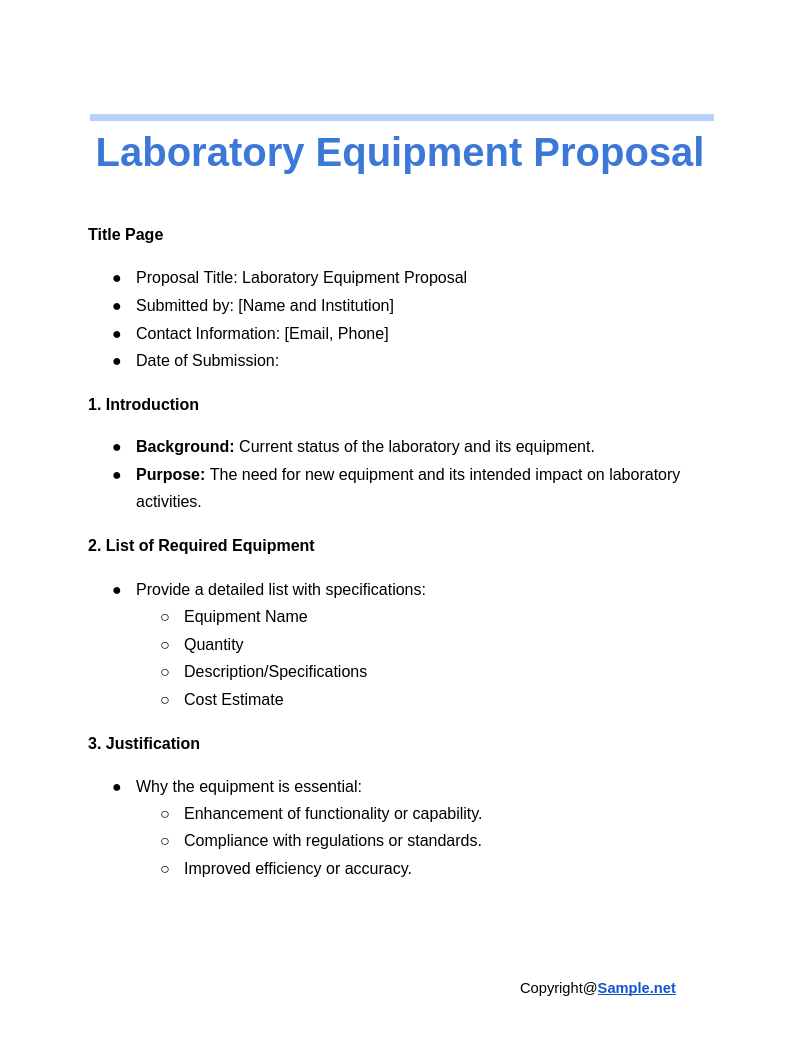
Laboratory Renovation Proposal
download now -

Laboratory Equipment Proposal
download now -
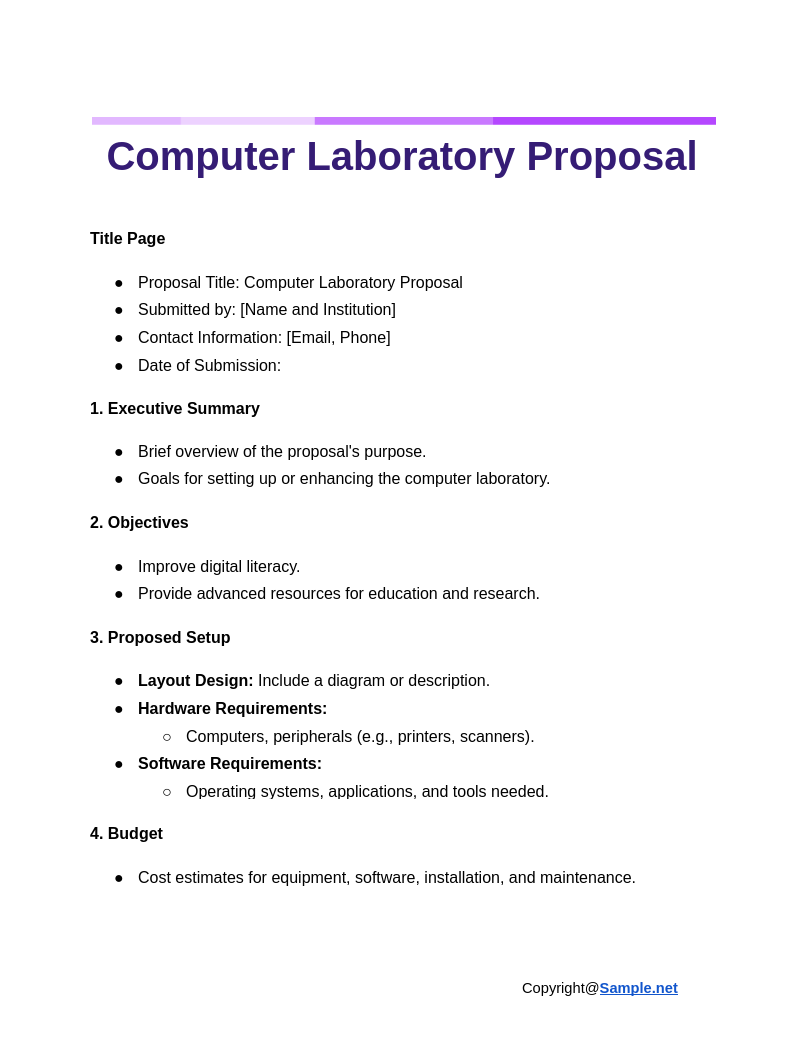
Computer Laboratory Proposal
download now -
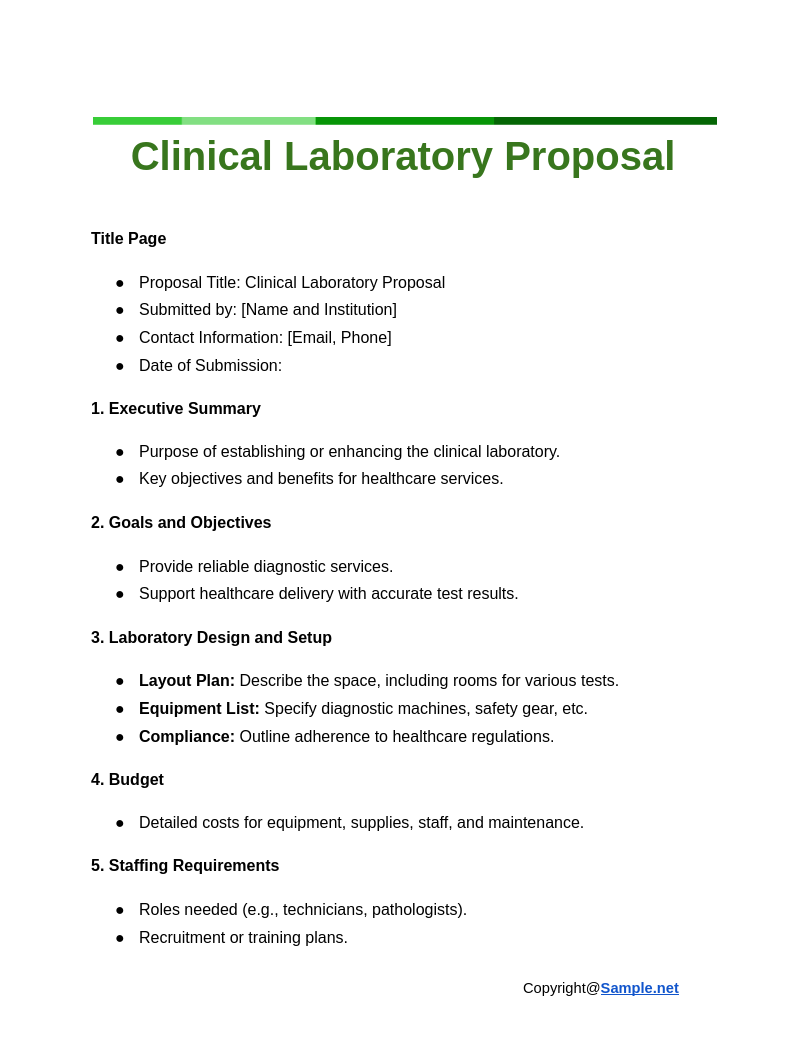
Clinical Laboratory Proposal
download now -

Laboratory Proposal Template
download now -
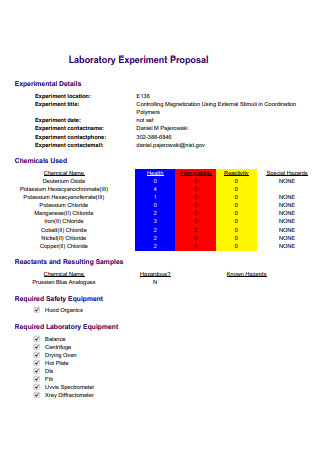
Laboratory Experiment Proposal
download now -
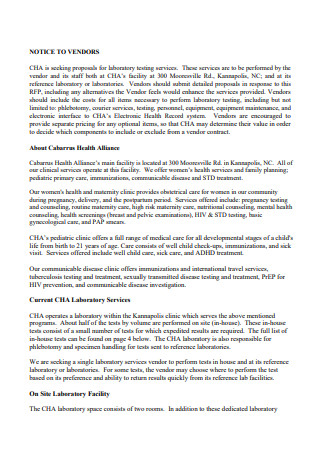
Laboratory Services Proposal
download now -
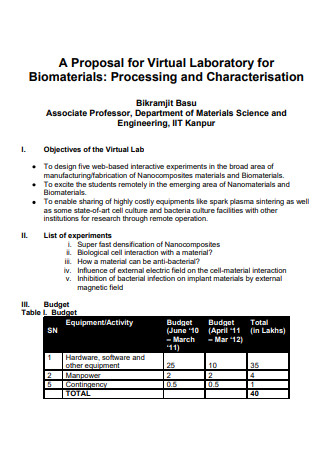
Virtual Laboratory Proposal
download now -
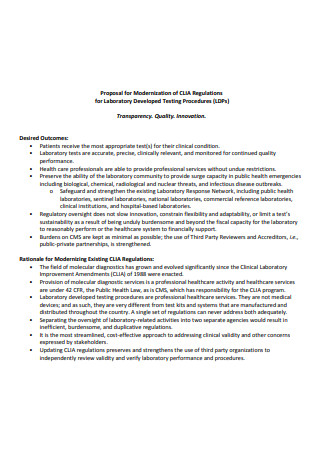
Laboratory Proposal in PDF
download now -
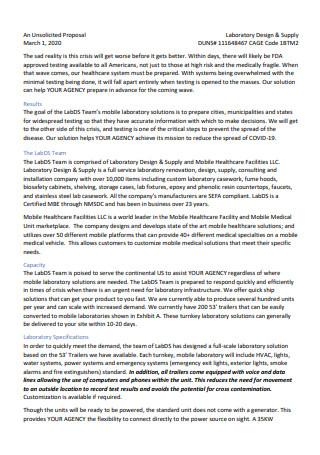
Laboratory Design and Supply Proposal
download now -
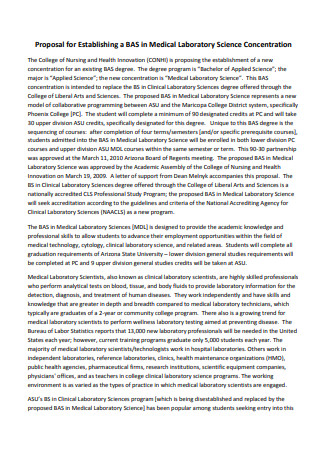
Medical Laboratory Proposal
download now -
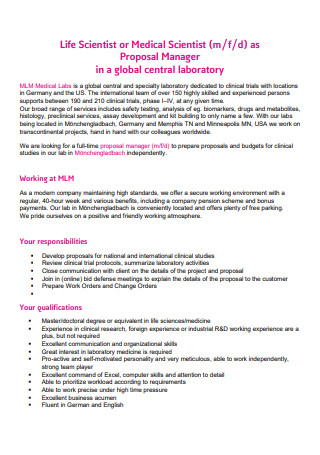
Central Laboratory Proposal
download now -

Structural Laboratory Wood Proposal
download now -
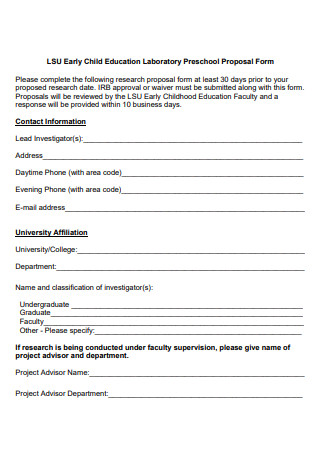
Child Education Laboratory Preschool Proposal Form
download now -
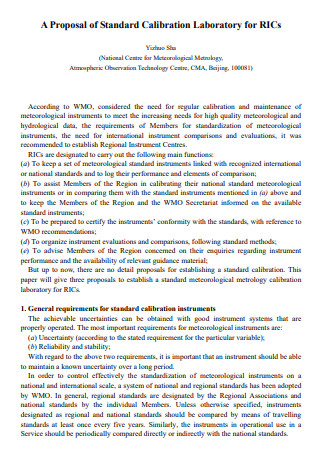
Standard Laboratory Proposal
download now -
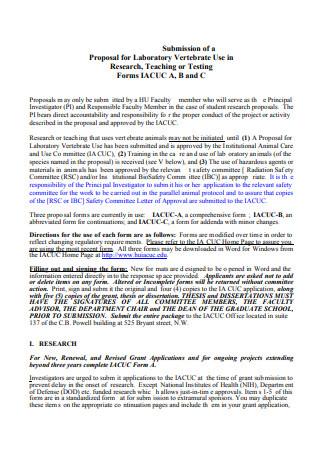
Laboratory Proposal Example
download now -
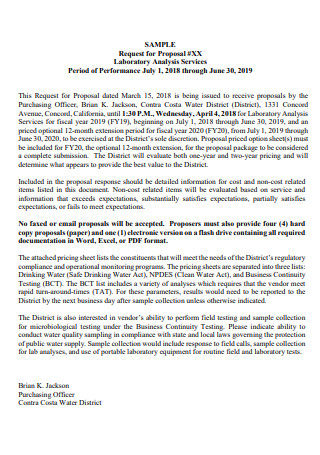
Laboratory Analysis Services Proposal
download now -
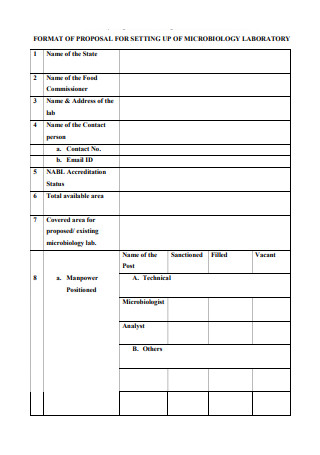
Laboratory Proposal Format
download now -
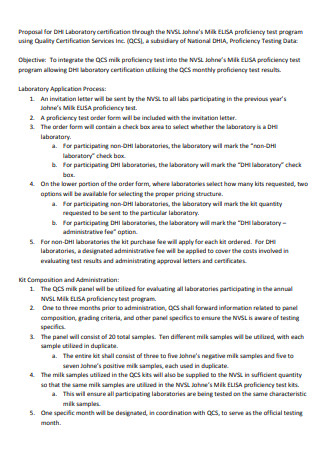
Basic Laboratory Proposal
download now -
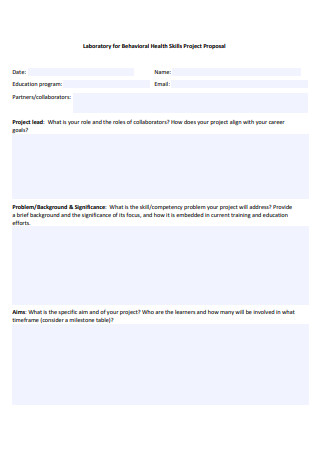
Laboratory Project Proposal
download now -
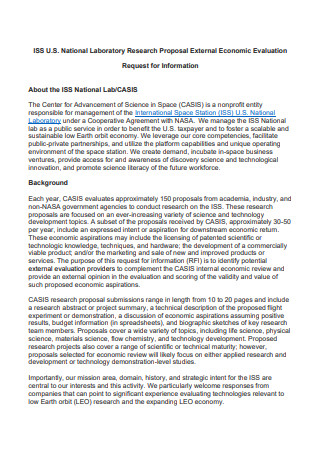
National Laboratory Research Proposal
download now -
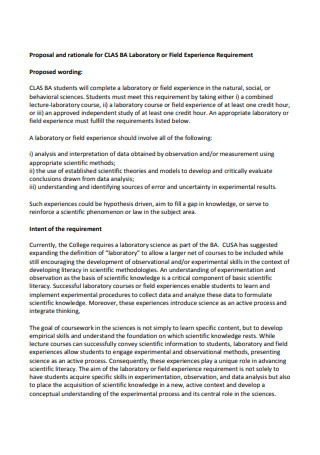
Laboratory Field Proposal
download now -
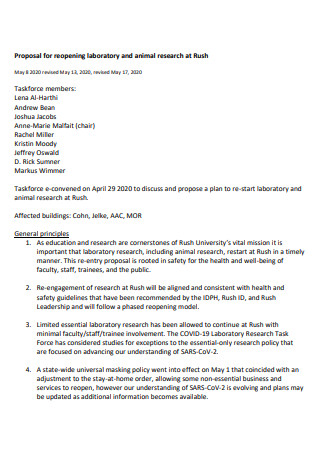
Laboratory and Animal Resarch Proposal
download now -
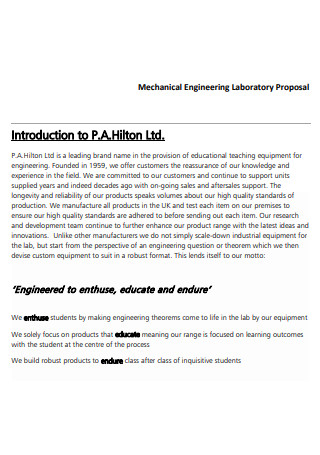
Mechanical Engineering Laboratory Proposal
download now -
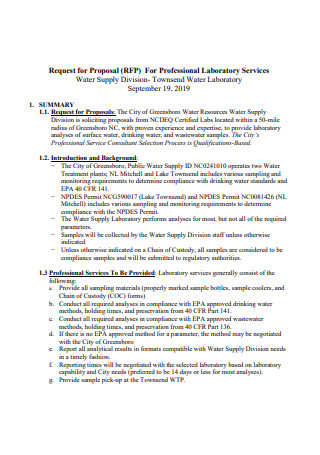
Professional Laboratory Services Proposal
download now -
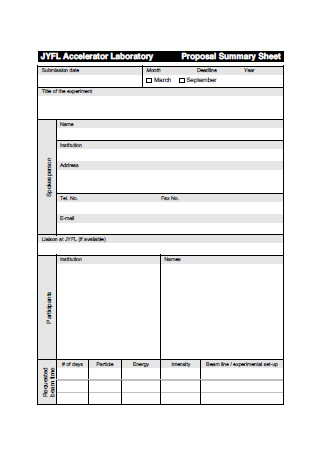
Laboratory Proposal Summary Sheet
download now -

National Renewable Energy Laboratory Proposal
download now -
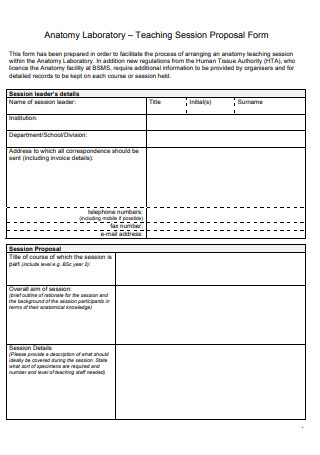
Laboratory Teaching Session Proposal Form
download now -
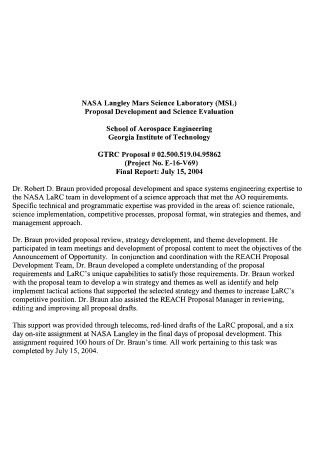
Science Laboratory Proposal
download now -
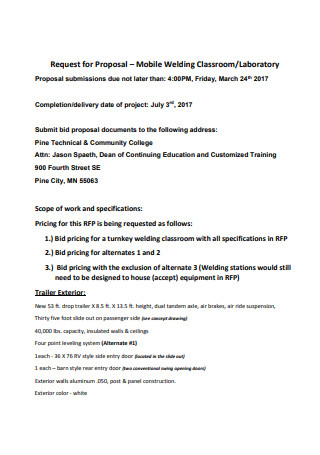
Laboratory Request For Proposal
download now
FREE Laboratory Proposal s to Download
Laboratory Proposal Format
Laboratory Proposal Samples
What is a Laboratory Proposal?
Parts of a Laboratory Proposal
How to Write a Laboratory Proposal
FAQS
Who writes laboratory proposals?
What are the essential components of a laboratory proposal?
Why is a budget important in a laboratory proposal?
What challenges might arise when writing a laboratory proposal?
What role does a timeline play in a laboratory proposal?
How can technology enhance the success of a laboratory proposal?
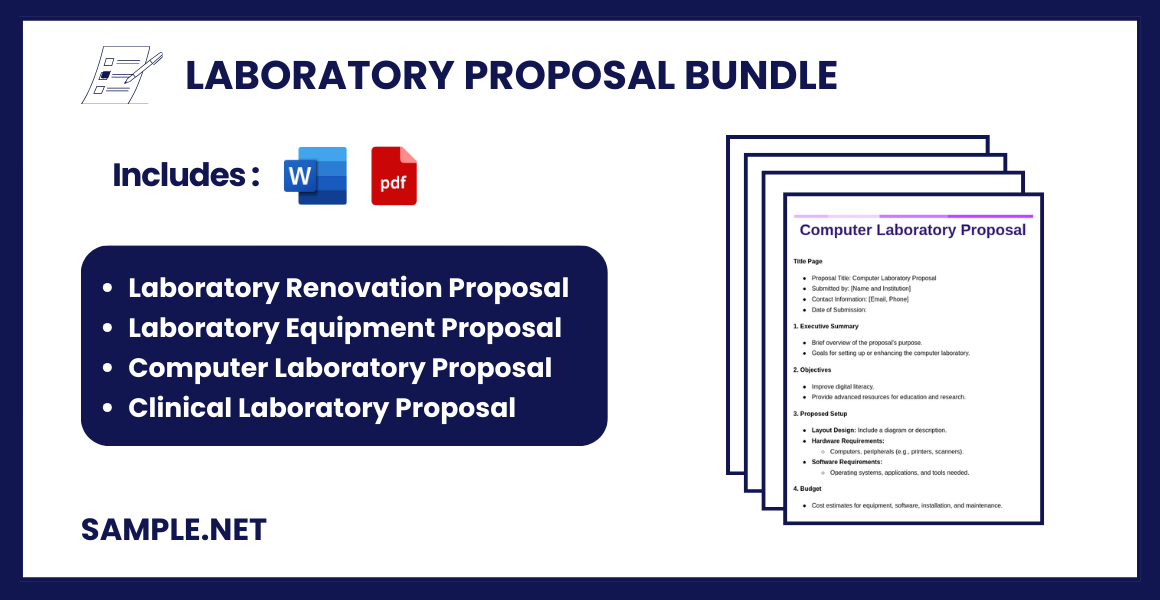
Download Laboratory Proposal Bundle
Laboratory Proposal Format
1. Title Page
- Proposal Title:
- Submitted by:
- Name of the proposer or team
- Affiliated institution/organization
- Contact information
- Date of Submission:
2. Executive Summary
- Brief overview of the project.
- Key objectives and goals.
- Summary of the problem addressed and proposed solution.
- Importance and expected outcomes.
3. Introduction
- Background: Provide context for the proposal.
- Problem Statement: Describe the issue or need your laboratory project addresses.
- Objectives: Clearly state what the laboratory aims to achieve.
4. Methodology
- Design and Approach:
- Explain the setup of the laboratory and experiment(s).
- Describe the techniques, tools, and processes to be used.
- Timeline: Include a detailed schedule of tasks and milestones.
5. Laboratory Requirements
- Equipment and Materials Needed:
- Itemized list of equipment and materials with quantities.
- Space Requirements:
- Specify laboratory space and layout needs.
- Personnel:
- List of required expertise, technicians, or scientists.
6. Budget and Funding
- Estimated Costs:
- Equipment and materials.
- Personnel wages.
- Facility usage costs.
- Funding Sources:
- Current funding (if any).
- Proposed funding requests and sources.
7. Expected Outcomes
- Detail the anticipated results or impact of the laboratory project.
- Include how these outcomes address the initial problem statement.
8. Risk Assessment and Mitigation
- Potential Risks: Identify any challenges or risks.
- Mitigation Plan: Outline strategies to manage these risks.
9. Evaluation and Metrics
- Explain how the success of the laboratory will be measured.
- List key performance indicators (KPIs) or milestones.
10. Conclusion
- Recap the importance of the proposal.
- Emphasize the potential benefits of implementing the laboratory project.
11. Appendices
- Additional documents such as diagrams, charts, references, or supporting data.
12. References
- Cite all sources used in the preparation of the proposal.
What is a Laboratory Proposal?
A laboratory proposal is a formal document that details the objectives, design, and operational plans for establishing or enhancing a laboratory. It includes key aspects like purpose, equipment, layout, and projected outcomes. Often used in academic, scientific, or corporate settings, the proposal serves as a blueprint for funding requests, institutional planning, and achieving specific research or educational goals. You can also see more on Equipment Proposal.
Parts of a Laboratory Proposal

A laboratory proposal is certainly not whole without the things that it is comprised of. In order for your research to be marketable and more palatable to the company you are appealing to, you need to observe a few important parts in order to make it a lot more credible, and a lot firmer in establishing what you want to achieve in your proposal. With that, here are the different parts of a laboratory proposal. You can also see more on Course Project Proposal.
How to Write a Laboratory Proposal
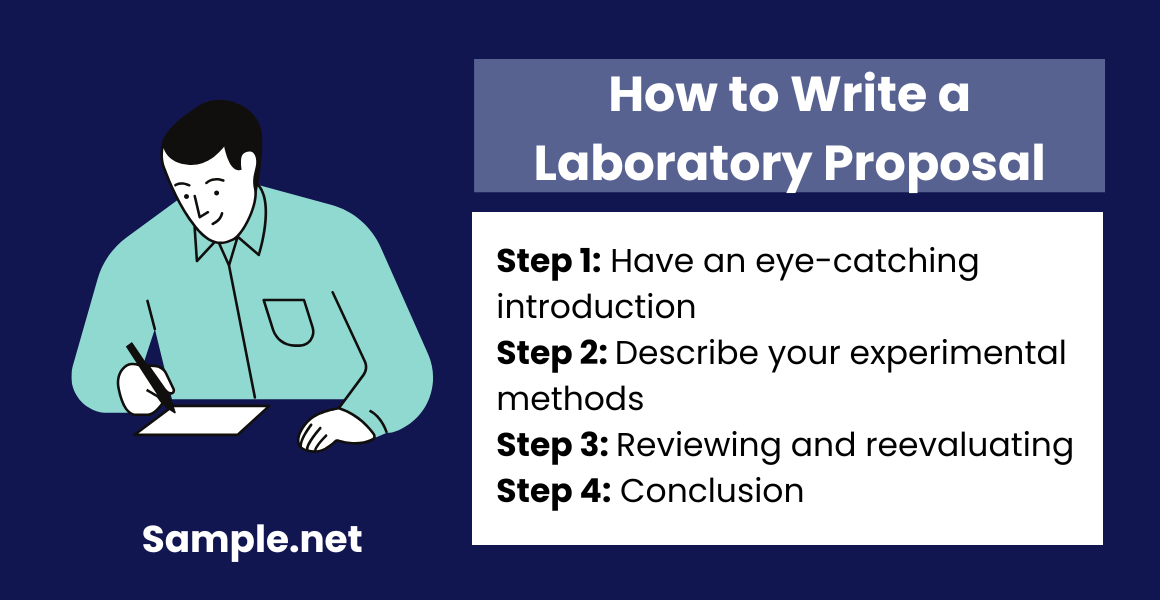
Aside from knowing the important parts of a laboratory proposal, it is also important for you to know how to write one. This enables you to break down the whole document step by step, meaning that you are better able to explain specific parts better and justify aspects of your research a lot more to your investor. Knowing the step by step process also makes it a lot smoother for you to navigate the proposal in and of itself. You can also see more on College Project Proposal. This is how you can write a laboratory proposal.
Step 1: Have an eye-catching introduction
One of the things that leave a permanent mark on readers is always the introduction, since it is the very thing that hooks them into finding out more about the topic at hand. Creating an eye-catching introduction is a must in writing a laboratory proposal since this is what sparks the interests of your investors. Because finding investors is a very competitive market, one way you are able to make your research more unforgettable and a lot more distinguishable compared to others is to have an introduction that will truly wow those who read it, and will look for what comes next, or where your premise ultimately leads to.
Step 2: Describe your experimental methods
Experimental methods are really important in establishing your laboratory proposal as a whole. Proceed with your laboratory proposal with a depiction of the experimental methods you might want to perform. Describe and elaborate on the equipment and materials required, as well as the techniques for testing in order for your plan to utilize. After that, clarify the timetable for your proposed work and the different tasks that comprise it, and take note of your expectations during the cycle and the things that you want to be achieved. Next, give a careful clarification of the results you envision to have and how these results would help the field you are currently working on. The body of your laboratory proposal ought to clarify what you are doing, how you intend to do it and when it will be finished. You can also see more on Medical Research Proposal.
Step 3: Conclusion
Making sure to have a conclusion for your laboratory proposal can be imperative to help your readers, and most especially your investors, to remember the strength and effectiveness of your research. Finishing up explanations in your paper can likewise assist with pulling together the reader’s thoughtfulness regarding the main focuses and supporting evidences of your arguments and proposals, or position that you introduced in your experiments. Conclusions then are able to fill in as a reason for proceeding with your current research, making groundbreaking plans to further elaborate on an issue you featured in your paper, or offering new ways to deal with the subject at hand.
Step 4: Reviewing and reevaluating
Research papers that are linguistically and grammatically correct will be taken well by the target group which is the investors. You need to give close consideration to the prerequisites for the laboratory proposal and follow them unequivocally. Furthermore, you need to utilize clear and neat designing of the document in order for it to be easier read and comprehended by the target audience. Subheadings truly help in sorting out your content by virtue of the explicit subgroups, making it simple for the reader to allude back to segments of the laboratory proposal when they happen to have any further questions.
A well-crafted laboratory proposal is essential for articulating the purpose and scope of a laboratory project. It bridges the gap between vision and implementation, ensuring stakeholder alignment and support. By presenting clear objectives and methodologies, the proposal fosters informed decision-making and facilitates successful outcomes in research, education, or industry advancements. You can also see more on Equipment Purchase Proposal.
FAQS
Who writes laboratory proposals?
Researchers, educators, or professionals seeking funding or approval for laboratory-based projects typically write laboratory proposals.
What are the essential components of a laboratory proposal?
Essential components include the objective, scope of work, resource requirements, budget, and expected outcomes.
Why is a budget important in a laboratory proposal?
A budget ensures stakeholders understand the financial requirements and helps them assess the feasibility and value of the project. You can also see more on Internship Proposal.
What challenges might arise when writing a laboratory proposal?
Challenges include accurately estimating budgets, aligning objectives with stakeholder priorities, and demonstrating feasibility through detailed planning and projections.
What role does a timeline play in a laboratory proposal?
A timeline ensures that stakeholders understand the project’s milestones and duration. It adds credibility by demonstrating that the proposal is well-planned and achievable. You can also see more on Building Proposal.
How can technology enhance the success of a laboratory proposal?
Technology tools can be used to create detailed visualizations, simulations, or cost analyses, making the proposal more compelling and easier to understand for stakeholders.
